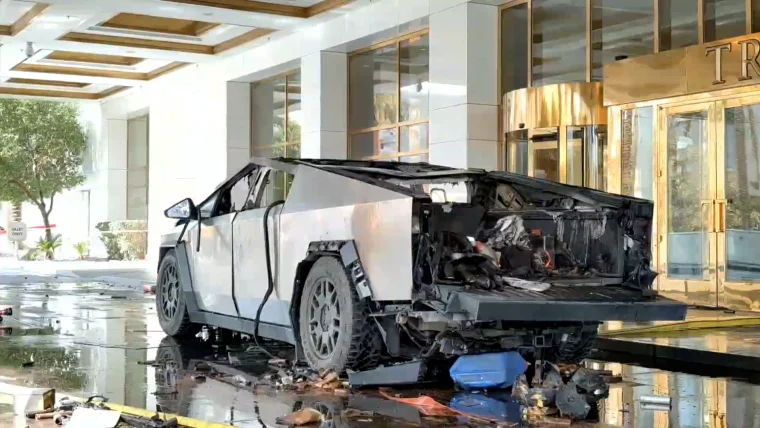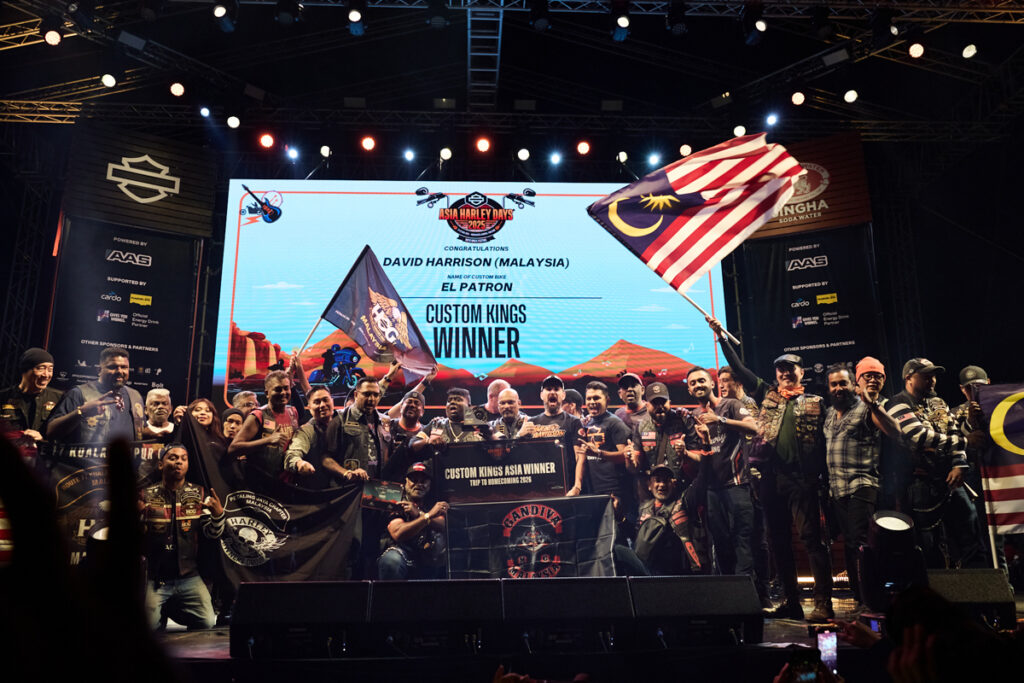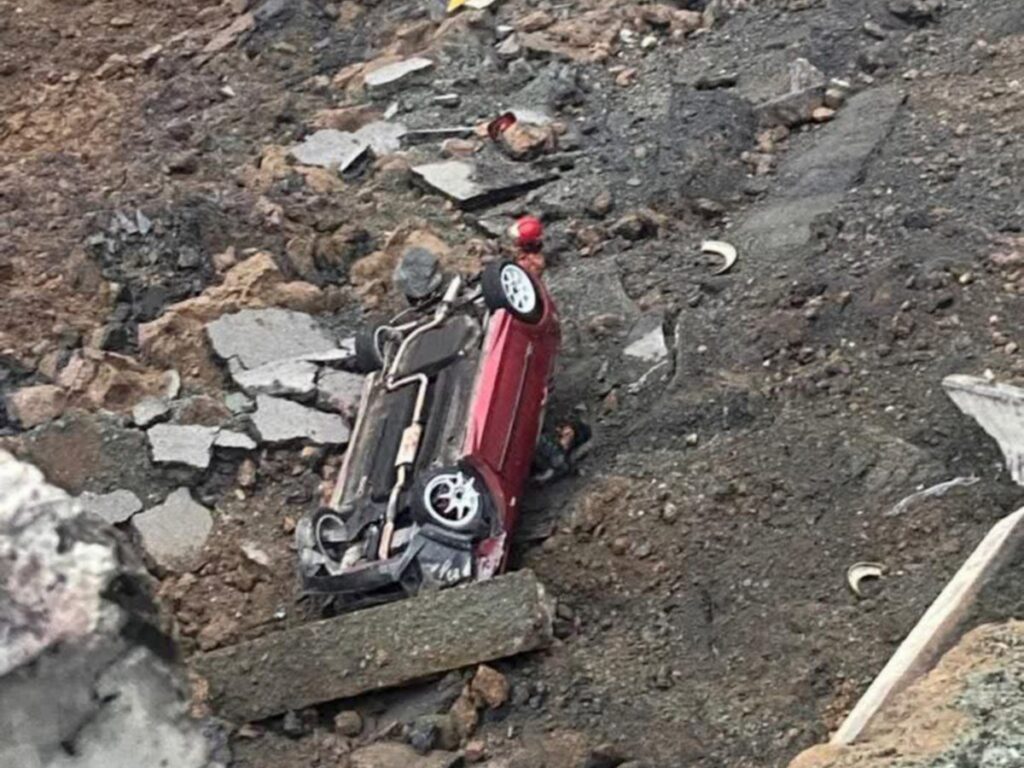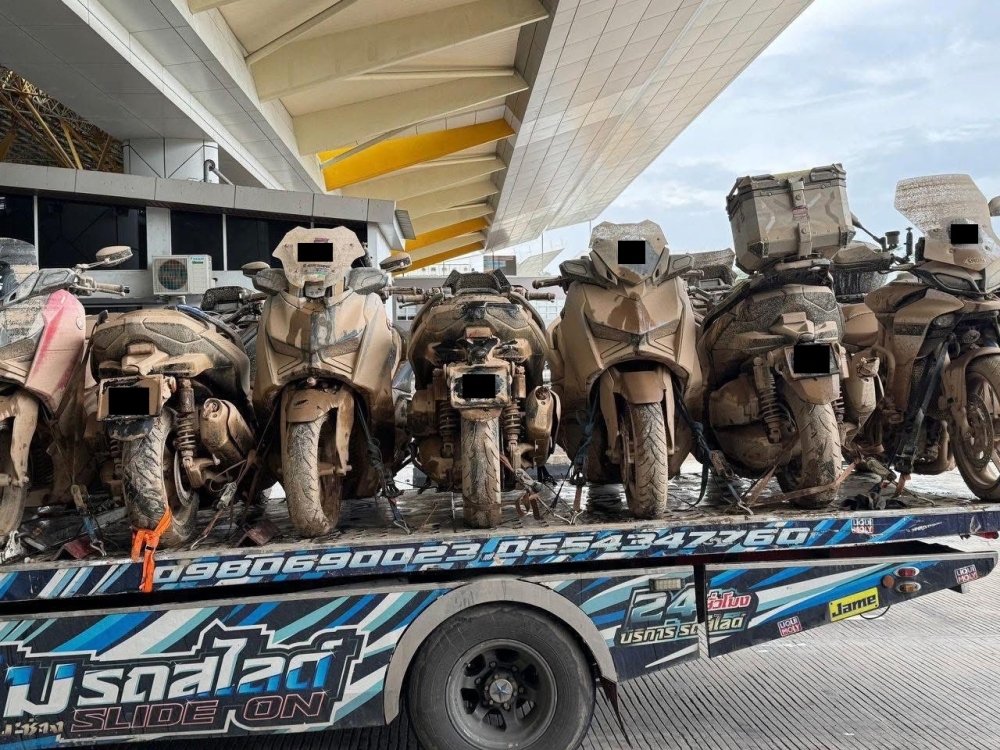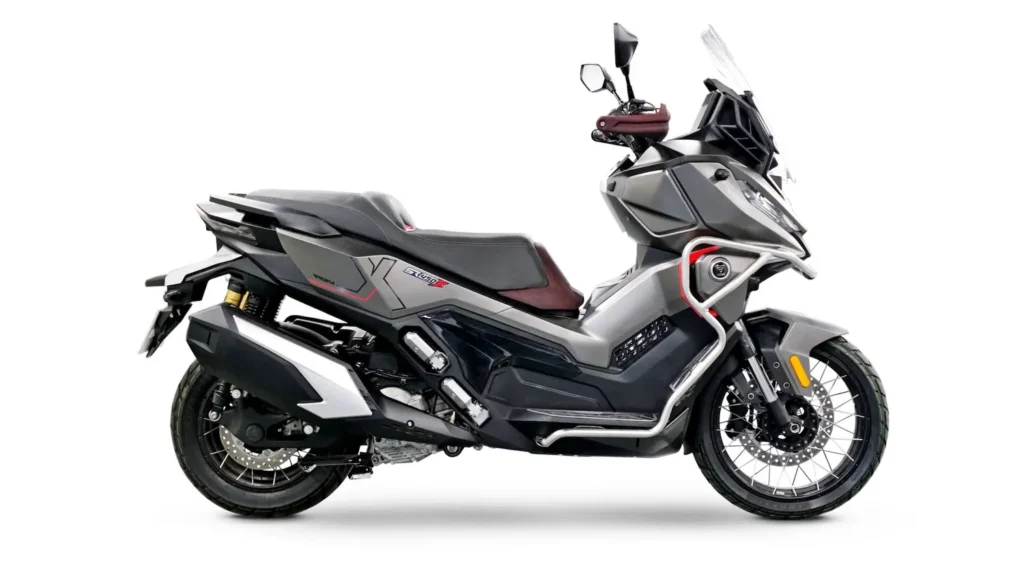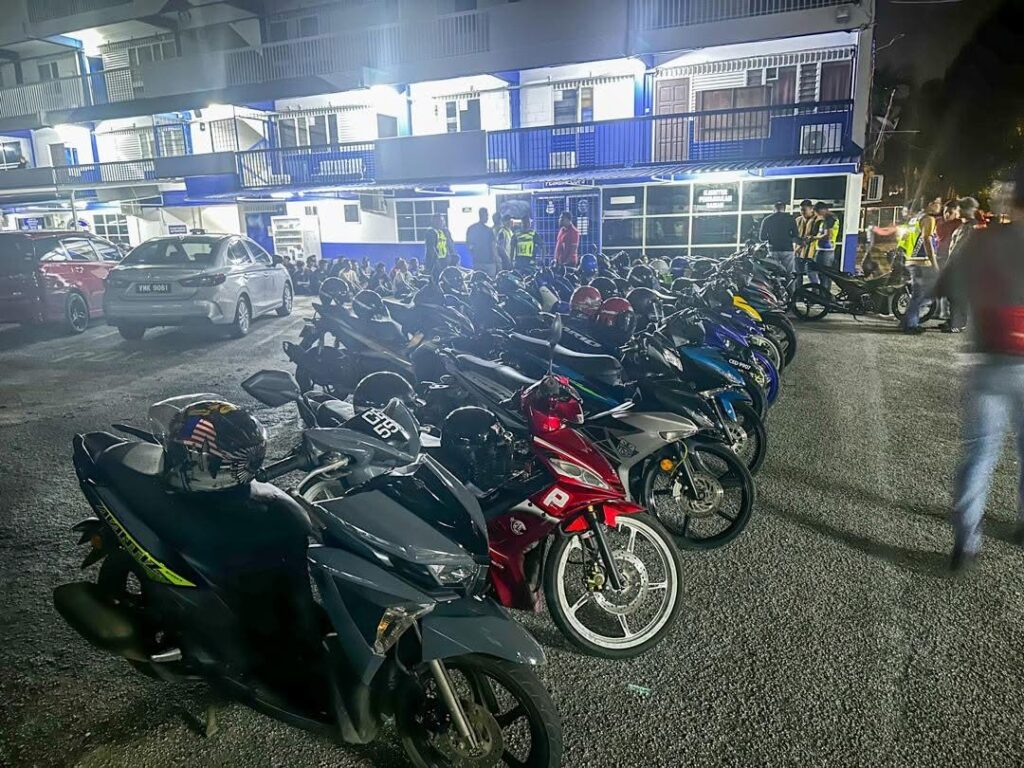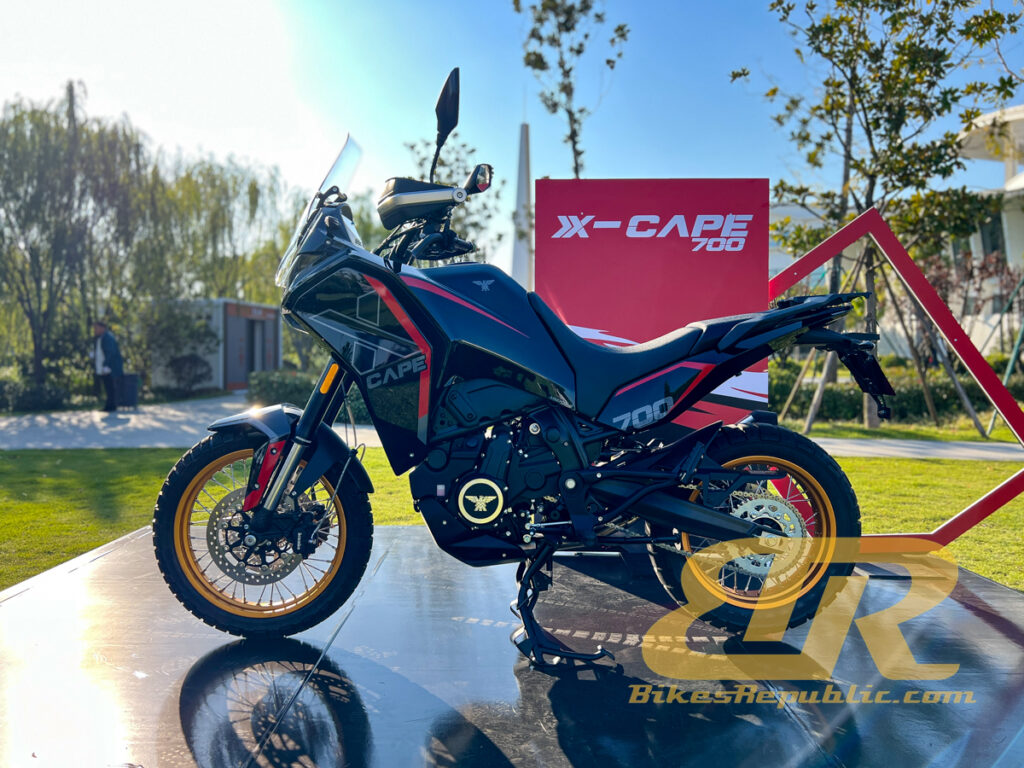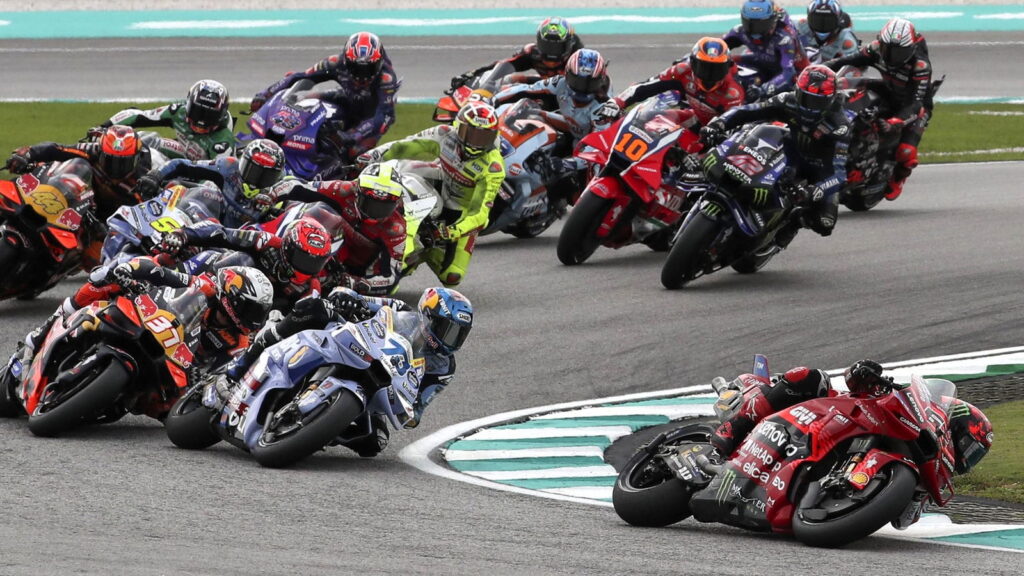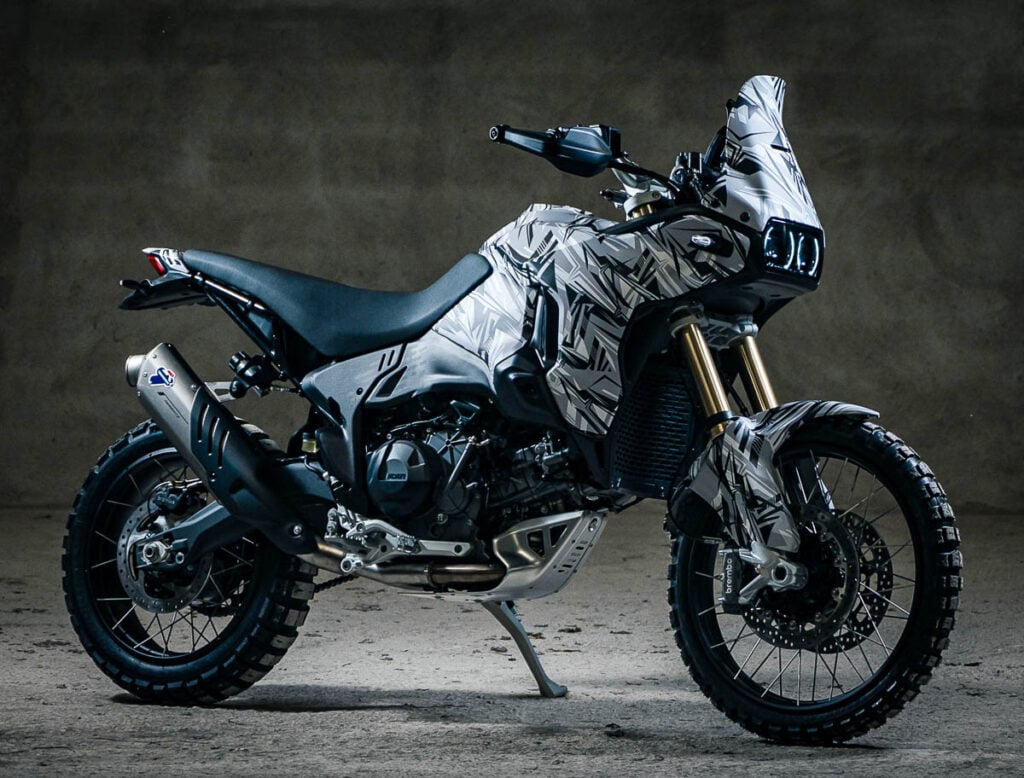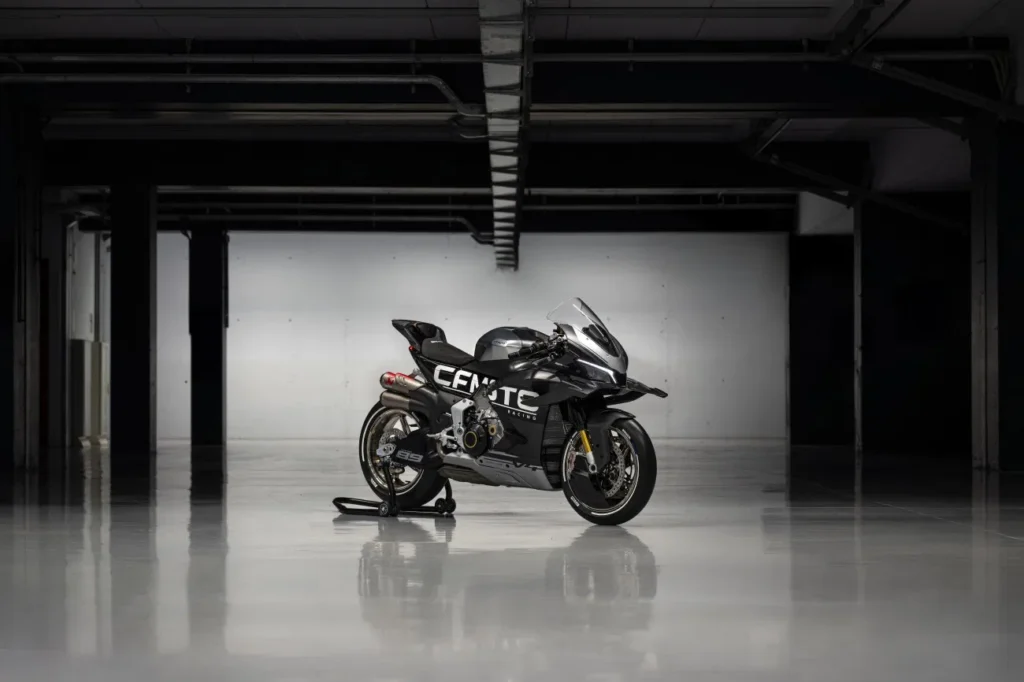The Road Transport Department (JPJ) is offering a special compound rate of RM150 for 3 offences for 6 months, starting today, January 3, 2025.
Malaysian Transport Minister, YB Anthony Loke said it involves 3 types of JPJ summons notices, namely the Automatic Awareness Security System (AwAS) summons (Summon 53A), the Investigation Interview Notice (114) and the Stamped Summons Notice/JPJ(P)23 (115).
All three usually have a compound rate of RM300. So we are giving a special compound rate starting tomorrow, January 3, for six months so that they can settle this compound.
“Because there are two million outstanding AwAS summons… and there are indeed restrictions on those who do not settle AwAS summons, if they do not settle the summons they cannot renew their driving licence or motor vehicle licence,” he said.
Loke said payments can be made through various channels including at JPJ counters, public portals, JPJ kiosks, JPJ mobile counters and the myJPJ application.
He said the special compound payment cannot be made through the MyEG channel and at Pos Malaysia.
Meanwhile, he said the collection of demerit points will be temporarily suspended from tomorrow until June 30.
Loke said during that period, the JPJ Enforcement Division will conduct a review of the method of implementing the Demerit Points System.




























